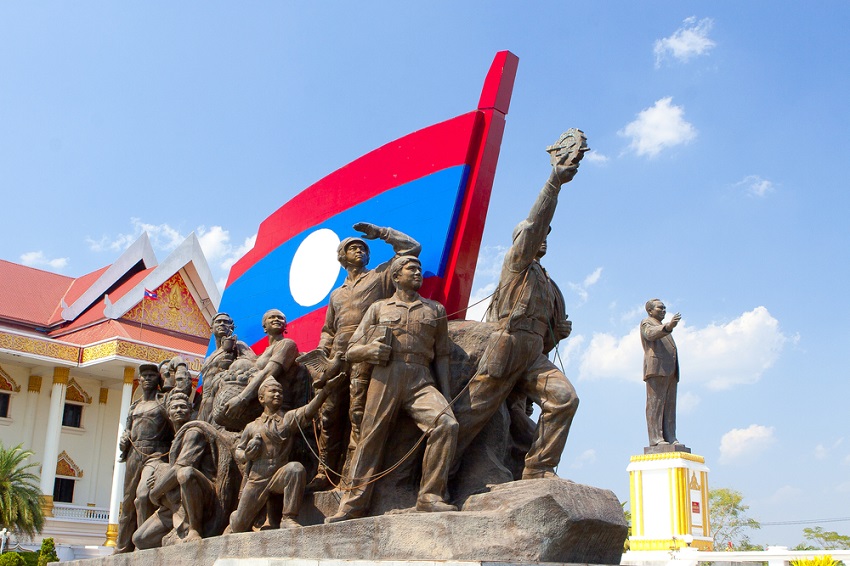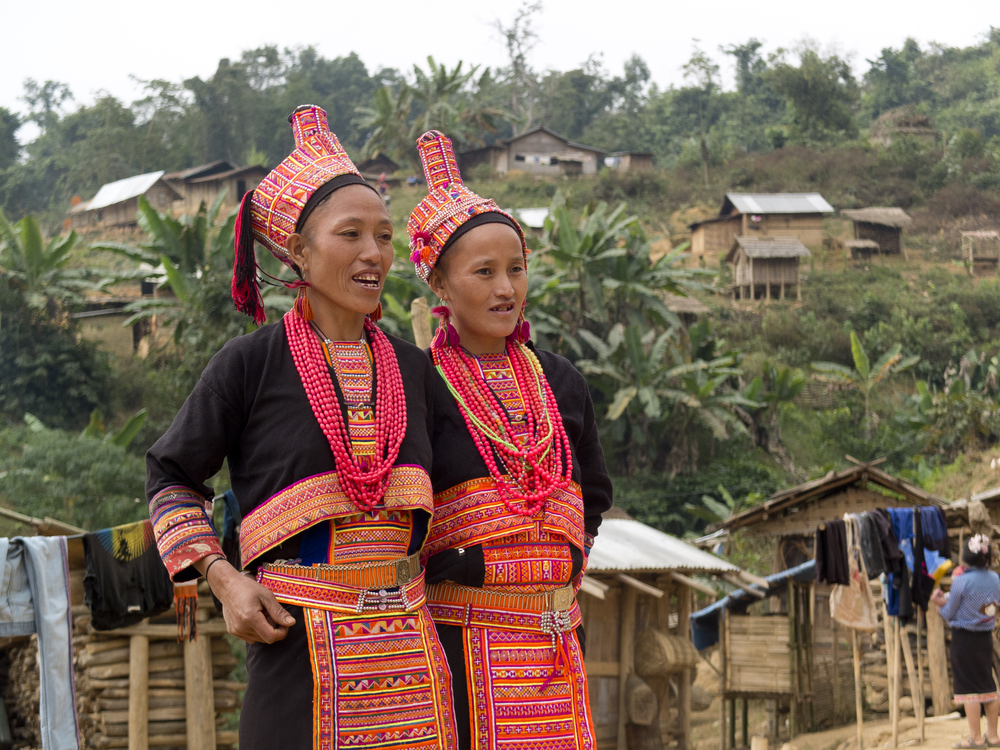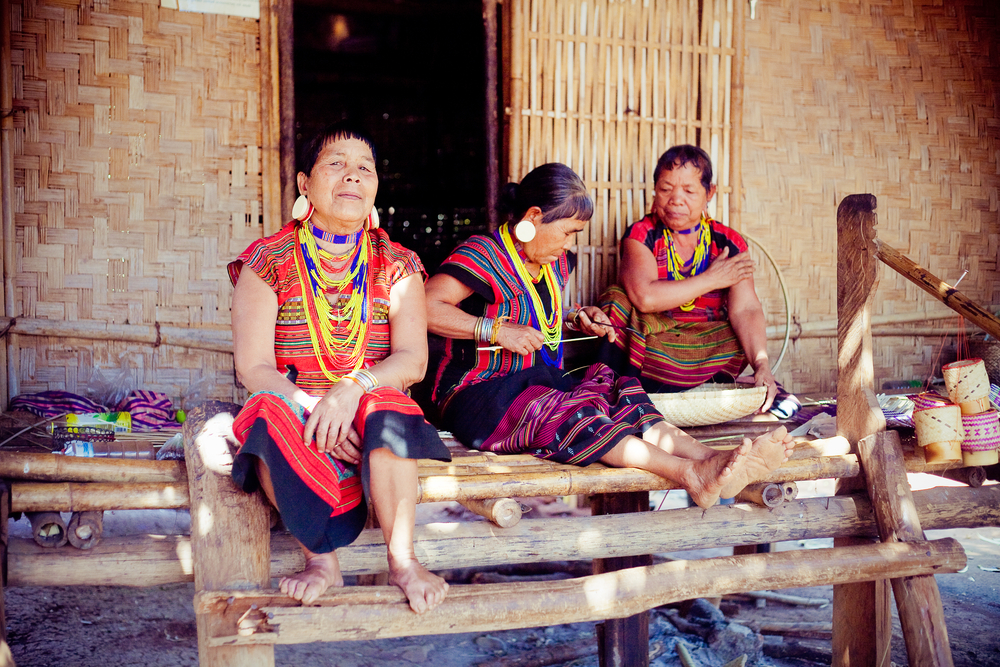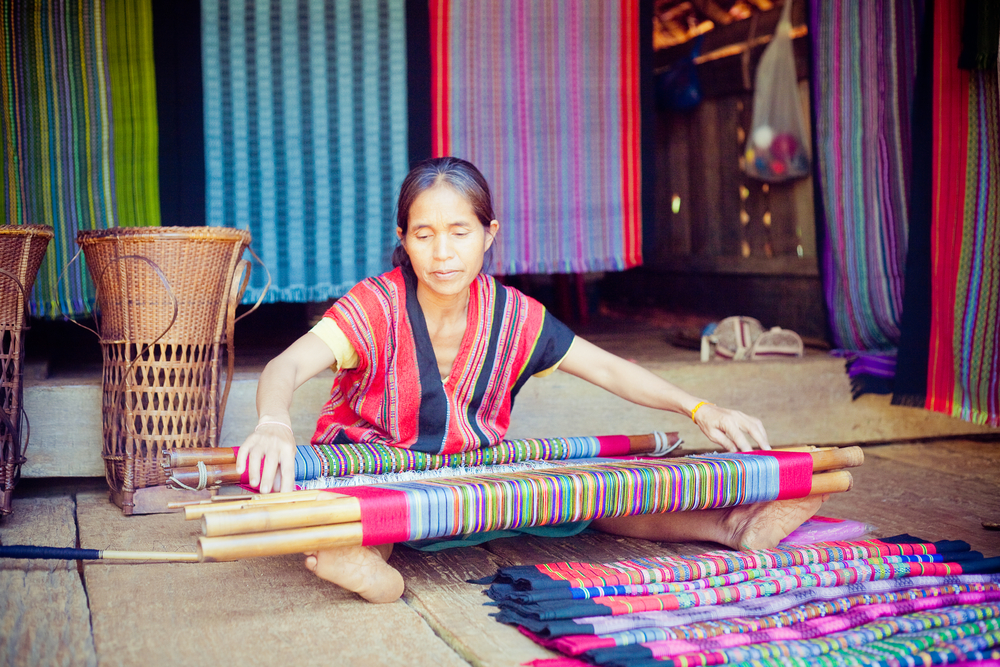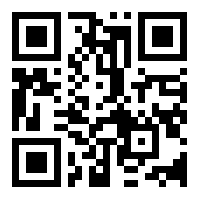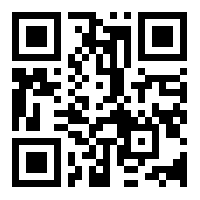Laos - museum
Museum Backgrounds and Contexts in Laos
Laos houses a very few museums when compared to a neighboring country like Thailand that has over a thousand museums. According to information in 2011 on www.culturalprofiles.net, Laos has 17 museums (culturalprofiles.net/laos, 2011) run by the state and Lao People’s Revolutionary Party. Each of the museums has different origins due to Lao historical contexts.
“Haw Phra Kaew”, the earliest known museum of Laos, came into existence during French colonial rule. It started becoming more evident after World War 2 when its nation-state and nationalism was emerging. Religious objects and antiques were declared national heritages.
In terms of quantity, museums in Laos started flourishing after the 1975 revolution. Socialist Ideology became an identity that needed to be “displayed”, so the revolutionary museums, military museums, museums devoting to the national heroes and ethnic museums were established.
The very first museum established after a change of regime is Lao Revolutionary Museum. It was opened in 1980, the year that marked 5th anniversary of Lao People’s Democratic Republic. The building and colonial architecture on Samsantai Road in Vientiane that served as the office of Prince Souvanna Phouma, former Prime Minister of the Kingdom of Laos, were extensively renovated. This museum narrates a journey of Lao People’s Revolutionary Party, how they rose to power and how socialism influenced a construction of a new nation.
New Imagination policy declared effective in 1986 enabled Lao society and economy to be more flexible under socialist regime. Narration and exhibition in the museum was following political currents. The “Lenin” Room once commissioned by the Soviet Union was closed. The narration of the shared-ideology countries was decreased. In 1987, Lao Revolutionary Museum was renamed “Lao National Museum” (Evans, 1998).
In the 1990’s after Laos began opening to the world and appeared to relax more on socialist rules and regulations, the state turned to historical and cultural heritages such as Buddhism using it as their political tools that helped constitute their political legitimacy. For example, in 1991, Pha That Luang was chosen to be the national symbol instead of hammer and sickle. At the meantime, the state managed to establish several local museums such as Museum of Phongsaly Ethnic Groups (1993), Champasak Provincial Museum (1995), Muang Sing Museum (1997), Museum of Siyaburi (2000), Kaysone Phomvihane Museum (2000). They were established to honor the leader of Lao Revolution and former president. (culturalprofiles.net/laos, 2011)
In 1994, a museum devoted to the ethnic groups in Laos was finally established by Lao National Tourism Administration giving birth to “National Ethnic Cultural Garden”. Grant Evans, a notable scholar on Laos, gave an interesting speculation that part of the Garden was a zoo while the rest displayed replicas of houses from many tribes such as Lao Soung, Lao Theung and Lao Loum. It claims that constructing the Garden would reflect each ethnic group’s values in arts, skills and techniques. However, the mimic communities are far beyond from reality. The set-up displays are just a representation Laos wishes to tell the world it houses various ethnic groups. (Evans, 1998)
In these ten years, private museums also flourished. Most of the establishers are well-off collectors who have enjoyed friendly relationships with the Party so far. For example, Lao Textile Museum in Vientiane owned by Hanesana Seesan, a son of former minister of Ministry of Information, Culture and Tourism whose business is expanding in local textile industry. Textile Museum run by Duangduen Boonyawong, a daughter of Maha Sila Weerawong, a Lao mighty sage, is also another famous museum.
It is interesting to note that when Laos had a change of regime in 1975, Ho Kham or Royal Palace of Lao King in Luang Phra Bang was turned into a museum transforming its holy sphere to public sphere. Its first-stage transformation only welcomed the government’s guests, yet the state seemed to have no interests in taking care of the place. It was not until the 1990’s when Laos decided to recommunicate with the world. Lao tourism industry became a significant tool in contributing to national income. Laos was recovering from economic downturn in which the state stepped up a campaign “Visit Lao Year” (1999-2000). Luang Phra Bang respectively became popular among foreigners and visitors, thereby, the state was aware of the importance of preserving and reconstructing archeological sites as well as antiques once viewed as symbols representing Feudalism or the old regime. Those heritages were its “reputation” and a very important source of national income. (ศุภชัย สิงห์ยะบุศย์, 2553) Ho Kham was given a new name “Luang Phra Bang National Museum”. When UNESCO listed Luanf Phrabang as World Heritage in 1995, the architectures including temples, houses and Luang Phrabang ways of life were well-preserved. Therefore, Luang Phrabang is the literally biggest life-size museum in Laos. In a time of globalization, tourism and foreigners flooding Laos inevitably gave birth to “Traditional Arts and Ethnology Centre” in 2007 within the context of economics and ways of life closely related to tourism industry in Laos.
Bibliography
ศุภชัย สิงห์ยะบุศย์. (2553). หลวงพระบางเมืองมรดกโลก: ราชธานีแห่งความทรงจำ และพื้นที่พิธีกรรมในกระแสโลกาภิวัตน์. กรุงเทพฯ: สายธาร.
culturalprofiles.net/laos. (2011). เรียกใช้เมื่อ 9 มิถุนายน 2011 จาก culturalprofiles: http://www.culturalprofiles.net/laos/Directories/Laos_Cultural_Profile/-956.html
Grant Evans. (1998). Statue and Museums. ใน Grant Evans, The Politics of Ritual and Remembrance Laos since 1975 (หน้า 114-128). Chiang Mai: Silkworm Books .
Traditional Arts and Ethnology Centre. (2011). Our Work: The Traditional Arts and Ethnology Centre. เรียกใช้เมื่อ 01 12 2011 จาก Traditional Arts and Ethnology Centre: http://www.taeclaos.org/
